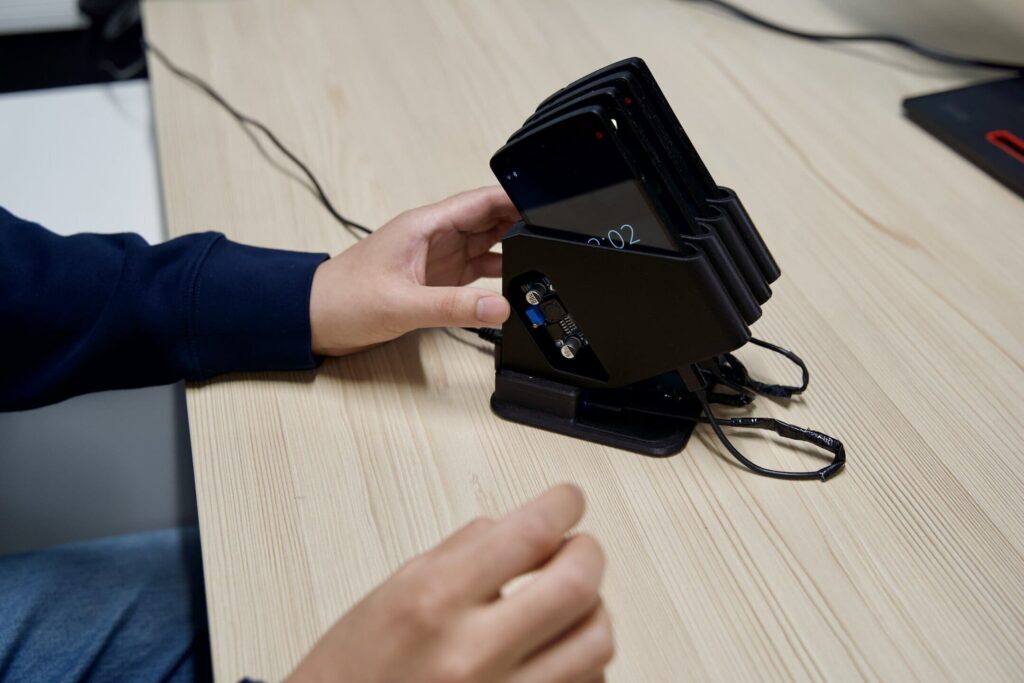The University of Tartu shows that discarded smartphones can have a second life as small, efficient, low-cost data centers
Every year, over 1.2 billion smartphones are manufactured worldwide. However, most of these devices become obsolete after just two or three years, contributing to a concerning accumulation of electronic waste and the waste of valuable natural resources. In response to this environmental challenge, researchers from the University of Tartu (Estonia) have presented an innovative solution: converting obsolete phones into sustainable micro data centers.
An innovative approach to reduce electronic waste
The team led by Huber Flores and Zhigang Yin, along with Ulrich Norbisrath and international collaborators, has developed a method to reuse smartphones labeled as electronic waste, transforming them into nodes capable of processing and storing data efficiently. The key to this project lies in leveraging existing hardware, overcoming software limitations, and extending the life of devices that would otherwise end up in landfills or recycling centers.
According to the researchers, the cost of converting each phone into a micro data center is around 8 euros. This low cost facilitates the deployment of decentralized solutions for real-time data processing and analysis, especially in urban or rural settings where access to traditional infrastructure is limited.
Functional prototype and practical applications
In the initial phase of the project, the researchers removed the batteries from the phones to minimize environmental risks and replaced them with external power sources. Four devices were assembled using 3D-printed casings and connected, creating a functional prototype.
This micro data center was tested in an underwater environment, where it was able to monitor marine life and count species in real-time. Traditionally, this task required divers to capture video and analyze it later at the surface. With the new solution, the entire process is carried out automatically underwater, demonstrating the system’s viability and efficiency.
Potential applications include monitoring passengers at bus stops to optimize public transport, environmental analysis in remote areas, and data collection and processing in scientific projects and smart cities.
Sustainability and the future of distributed computing
The results from the Estonian team highlight that technological obsolescence does not necessarily mean the end of a device’s life. With minimal investment and a change of perspective, phones considered waste can become key allies for digital sustainability.
As Ulrich Norbisrath, associate professor of software engineering, notes: “Sustainability is not just about preserving the future, but also about reimagining the present, where yesterday’s devices transform into tomorrow’s opportunities”.
The work, recently published in the journal IEEE Pervasive Computing, emphasizes the need to develop new tools and methodologies that allow for the massive reuse of diverse hardware and the implementation of agile, adaptable solutions.
Challenges and future lines of research
Among the identified challenges are creating hardware-independent tools and improving the reprogramming processes for old devices. Additionally, new research avenues are opening up to integrate artificial intelligence and edge computing, driving the transition toward more sustainable and resilient models.
This pioneering project from the University of Tartu invites us to rethink the fate of obsolete technology and demonstrates that it is possible to move towards more eco-friendly, economical, and responsible computing, giving a second life to millions of devices that were previously considered mere waste.
References: Institute of Computer Science and IEEE Xplore

